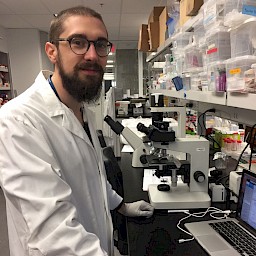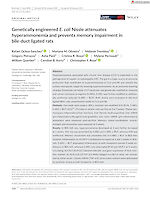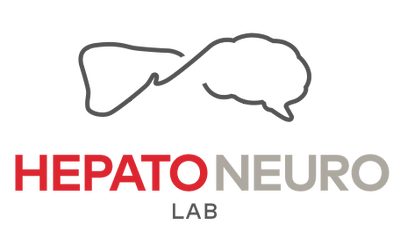Hepatic encephalopathy (HE) is a common and debilitating neuropsychiatric complication of liver disease characterized by a constellation of symptoms, including cognitive, psychiatric and motor disturbances. One of the causes of liver disease is alcoholic cirrhosis, which can induce acquired cerebellar degeneration syndrome, atrophy of the cerebellum producing symptoms of ataxia and motor difficulties. In the literature, very few experimental studies concern the role of alcohol on the development of HE. Here we examine the effects of ethanol on bile duct ligation (BDL) rats, a HE model, using a variety of behavioral tasks on motor coordination, open field behavior and memory. BDL rats were subjected to double ligation on the common bile duct with dissection between the ligatures, sham-operated rats underwent the same surgery except for ligation. We first effectuated a dose-response study (N=4-5) in BDL rats to determine the optimal dosage regimen of ethanol. 7 days after surgery, BDL rats were given ethanol by intragastric gavage with 1, 2, 4, 6 and 8 g/kg or saline over a 4-weeks period. Crews Scale and blood ethanol concentration were checked weekly. The accelerating rotarod was used to assess motor coordination. Then the dose regimen of intermittent exposure of 2X3g/kg 3h apart 5 days per week during 4 weeks was chosen to further elucidate the evolution of neurological deficits in both BDL rats and their sham operated controls. The behavioral assessments were performed at 7, 14, 21, 28 and 35 days, one day after blood ethanol concentration dropped to zero of each treatment cycle. Rats were assigned to the following groups (N=9-10): Sham + saline, Sham + ethanol, BDL + saline, BDL + ethanol. The baseline of rotarod performance and gait analysis parameters (at 7 days) showed there were no difference among groups before ethanol gavage. However, BDL + ethanol group rats had gradually impaired coordination performance and motor activity, contrary to those of Sham+ ethanol group who improved their performance gradually by learning. No significant differencet was observed in gait analysis. In addition, blood ethanol concentration over time showed a different metabolism mode in BDL compared with that of Sham + ethanol rats. The changes in coordination performance of BDL+ethanol rats might be associated with some biomolecular changes in the brain. The fact that the front cortex water content in these rats slightly increased as well as the weight of cerebellum reduced suggests that neuroinflammation and cerebellar atrophy might be involved in. Results of the current study indicate heavy alcohol ingestion impairs gradually motor coordination during cirrhosis. BDL rats treated with alcohol allowed perform studies on motor alterations in less than 5 weeks, will be an efficient animal model for the study of HE induced by ethanol and for the search of new treatment strategies.















